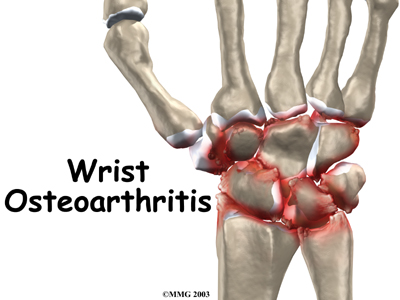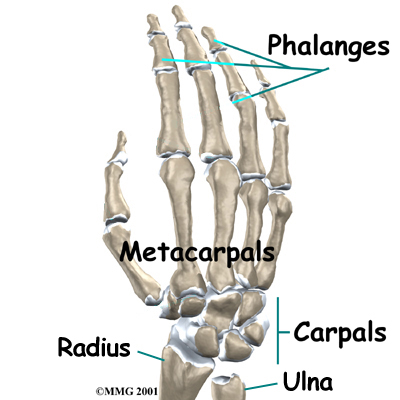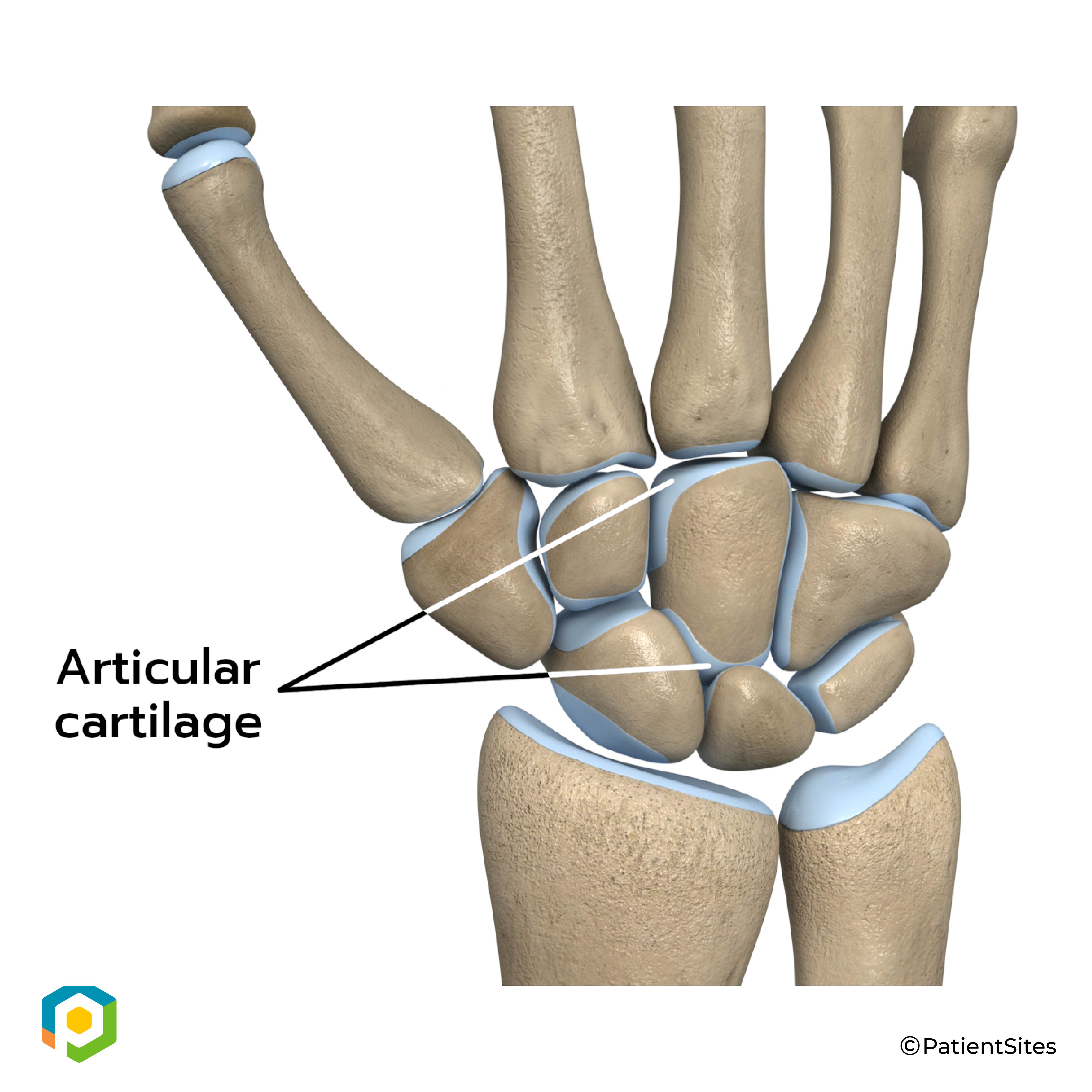Introduction
Physical therapy in Hazle Township for Wrist

Welcome to FYZICAL Hazleton's patient resource about Osteoarthritis of the Wrist Joint.
Degeneration in a joint means the joint surfaces are starting to break down over time. The term degenerative arthritis is used by doctors to describe a condition where a joint wears out, usually over a period of many years. Some medical professionals call the condition osteoarthritis. Others use the term degenerative arthrosis. They prefer arthrosis because the term arthritis means inflammation. Degeneration by itself doesn't always cause inflammation in the tissues of the joint. Still, these terms are generally used to mean the same thing.
This document will help you understand:
- how osteoarthritis of the wrist develops
- what your doctor will do to diagnose it
- what can be done to ease the pain and regain wrist movement
Anatomy
What changes does osteoarthritis cause in the wrist joint?
The anatomy of the wrist joint is extremely complex, probably the most complex of all the joints in the body. The wrist is actually a collection of many joints and many bones. These joints and bones let us use our hands in many ways. The wrist must be extremely mobile to give our hands a full range of motion. At the same time, the wrist must provide the strength for heavy gripping.

The wrist is made up of eight separate small bones, called the carpal bones. The carpal bones connect the two bones of the forearm, the radius and the ulna, to the bones of the hand. The metacarpal bones are the long bones that lie underneath the palm. The metacarpals attach to the phalanges, which are the bones in the fingers and thumb.
Carpal Bones

One reason that the wrist is so complicated is because every small bone forms a joint with the bone next to it. This means that what we call the wrist joint is actually made up of many small joints. Ligaments connect all the small bones to each other. Ligaments also connect the bones of the wrist with the radius, ulna, and metacarpal bones.
Articular cartilage is the smooth, rubbery material that covers the bone surfaces in most joints. It protects the bone ends from friction when they rub together as the joint moves. Articular cartilage also acts sort of like a shock absorber. Damage to the articular cartilage eventually leads to osteoarthritis.
Articular Cartilage

Related Document: FYZICAL Hazleton's Guide to Wrist Anatomy
